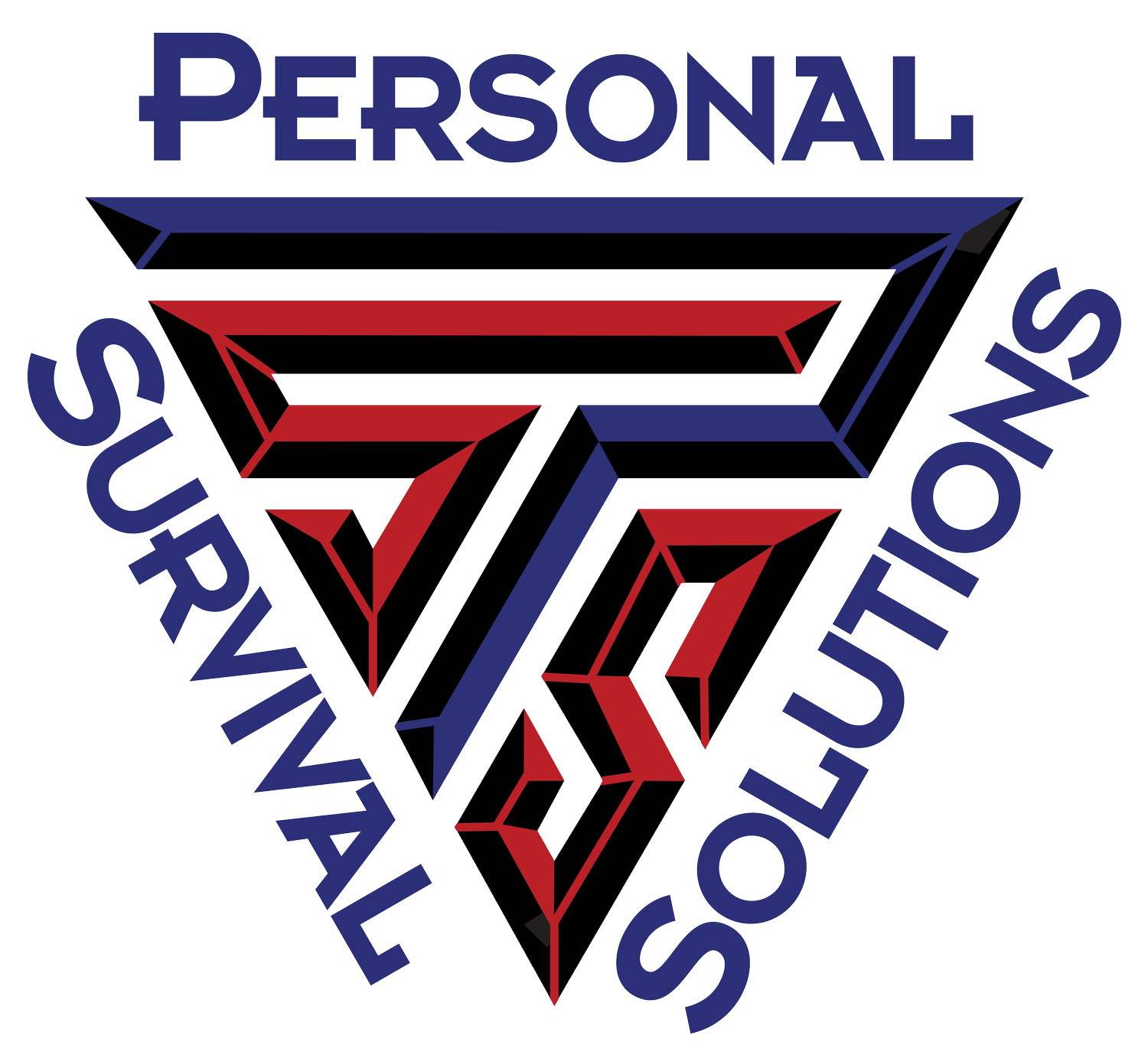This nation was built on a citizenry that owned a rifle and had the ability to use it in the protection of their family, home, and community. This course is based on that premise. We will mentor you in the principles and concepts of rifle marksmanship and its employment at close range distances and the dynamics involved with the application of a rifle/carbine in a protective role in and around your home. A strong foundation will be built on the fundamentals of rifle marksmanship, working through rifle manipulation and mechanics, proper zeroing, understand mechanical offset and its importance at close range, ready positions, positional shooting, precision marksmanship, rapid and multi-threat engagement will be some of the topics covered. At the conclusion of this course, you will be a more knowledgeable and capable Armed Citizen.
If you are operating with a Red Dot or LPVO, Back-Up sights are highly recommended.
Prerequisite: Safe gun handling
Topics Covered:
Equipment Selection – What is Really Needed?
Obtaining an Optical Zero in a Short Distance
Fundamentals of Rifle Marksmanship
Optimal Rifle Handling
Emergency and Proactive Reloads
Diagnostic & Non-Diagnostic Malfunction Clearances
Rapid Threat Engagement
Multi-Threat Engagement Methods
Positional Shooting
Fighting Up from the Supine
Employment of Cover and Working the Angles
Equipment for Class:
Reliable Rifle – 5.56/.223, 7.62x39, .308
Sighting System – Iron Sights, Red Dot Optic, or Low-Powered Variable Optic
Rifle Magazines x 3 Minimum
Magazine Carrier x 2 – This can be a battle belt, chest rig, belt carrier. Shooter preference.
Rugged Clothing and Footwear
Hat or Headgear
Eye and Ear Protection
Notebook and Pen/Pencil
Sunscreen
Drinks and Snacks & Lunch
Ammunition: 300 Rounds
Duration: 8 Hours

